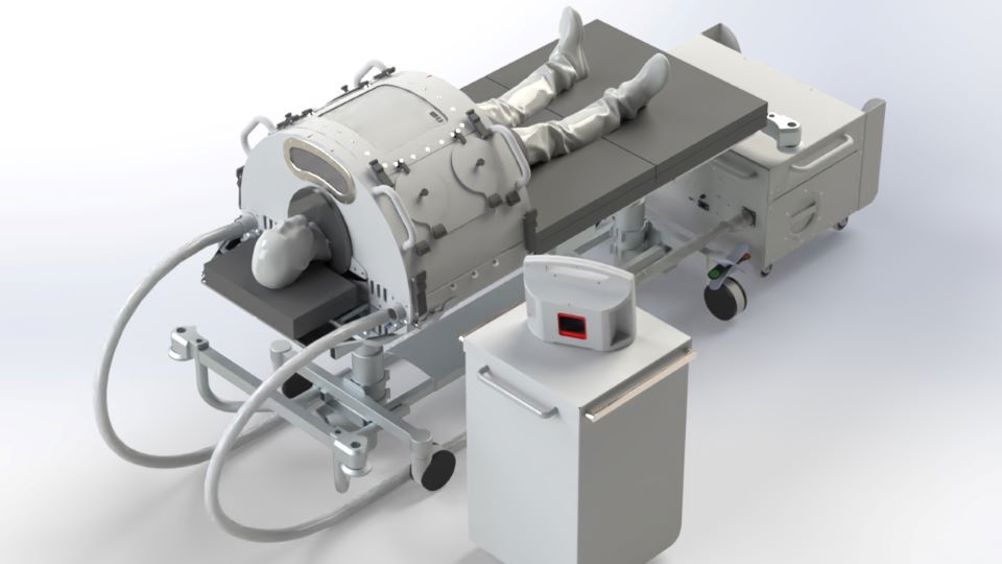42T to help bring Exovent ventilator to market
Portsmouth Aviation has appointed product design and innovation consultants 42 Technology (42T) as a strategic development partner to help bring its Exovent negative pressure ventilator (NPV) system to market.

42T will be responsible for the design and development of the control unit, monitoring and alarm system for the new medical ventilator including system hardware, firmware and regulatory compliance. The consultancy’s medical device engineers will then work with the development and manufacturing teams at Portsmouth Aviation, along with clinicians from the Exovent charity, to integrate the control system into the ventilator.
Simon Escott, managing director of Portsmouth Aviation said: “42 Technology will play a pivotal role in developing the control system for the Exovent ventilator, and their medical device engineering and regulatory experience will be essential in helping us to advance it into initial production and first clinical trials.
“42 Technology’s appointment follows a complete review of the development programme and series of improvements that we decided to make to the initial designs for the new ventilator. We have worked closely with the team at Exovent to improve key aspects including the usability and aesthetics of the patient enclosure, noise levels and the seals around the patient. We have also modified the design so units can be more easily and cost-effectively manufactured using our existing in-house production technologies and teams.”
Register now to continue reading
Thanks for visiting The Engineer. You’ve now reached your monthly limit of news stories. Register for free to unlock unlimited access to all of our news coverage, as well as premium content including opinion, in-depth features and special reports.
Benefits of registering
-
In-depth insights and coverage of key emerging trends
-
Unrestricted access to special reports throughout the year
-
Daily technology news delivered straight to your inbox










Water Sector Talent Exodus Could Cripple The Sector
Well let´s do a little experiment. My last (10.4.25) half-yearly water/waste water bill from Severn Trent was £98.29. How much does not-for-profit Dŵr...